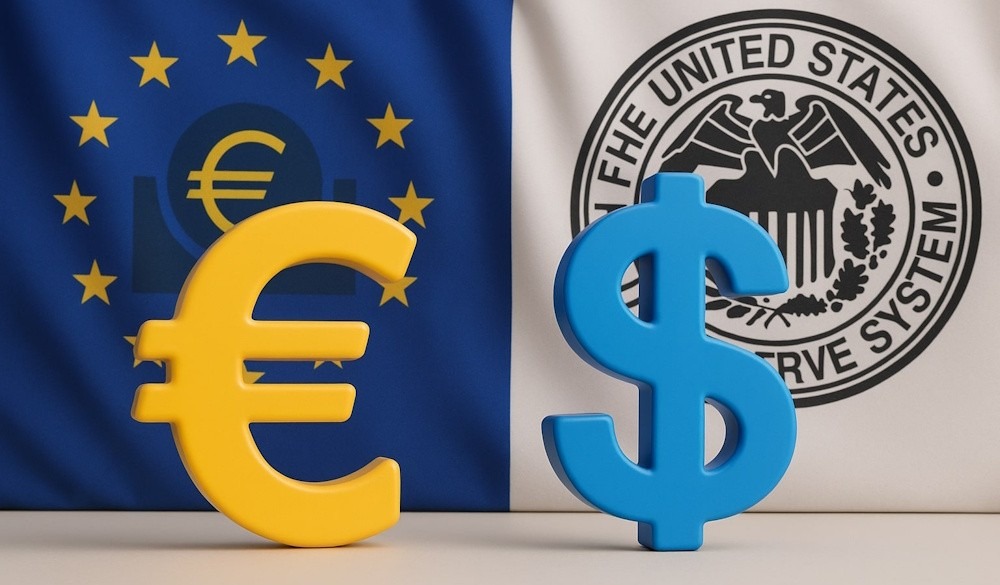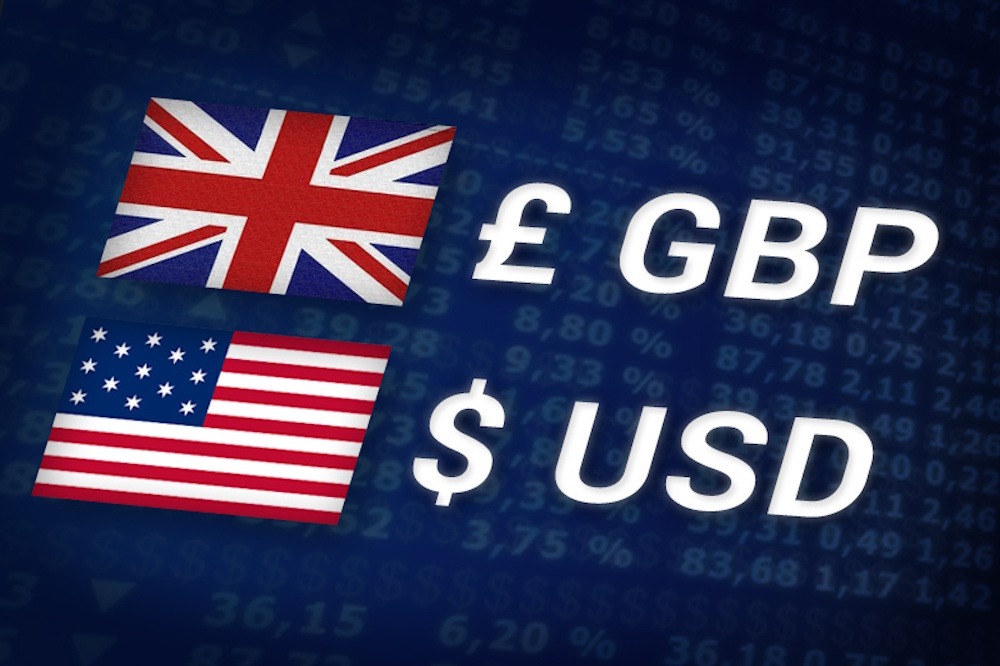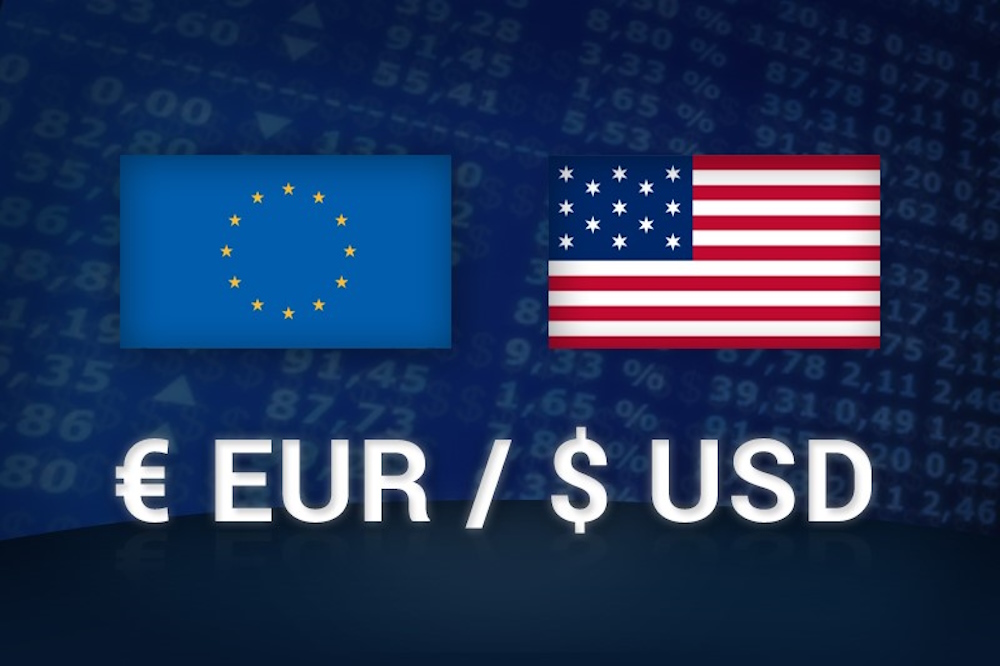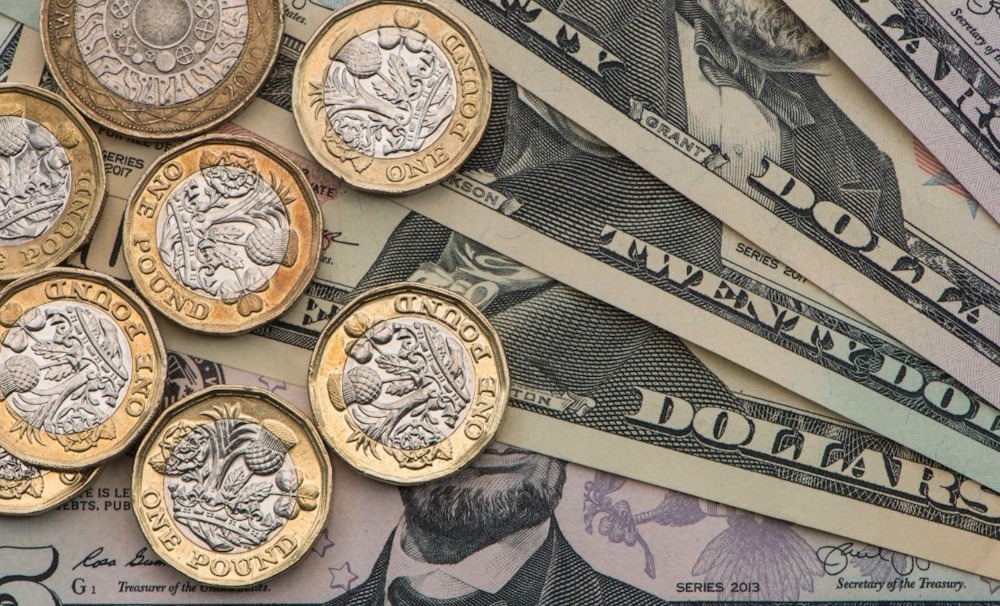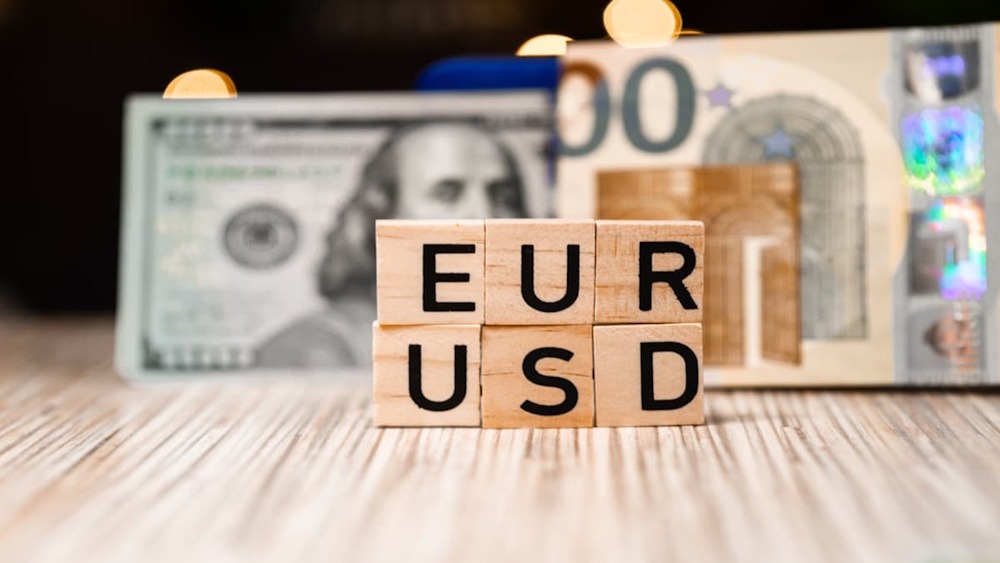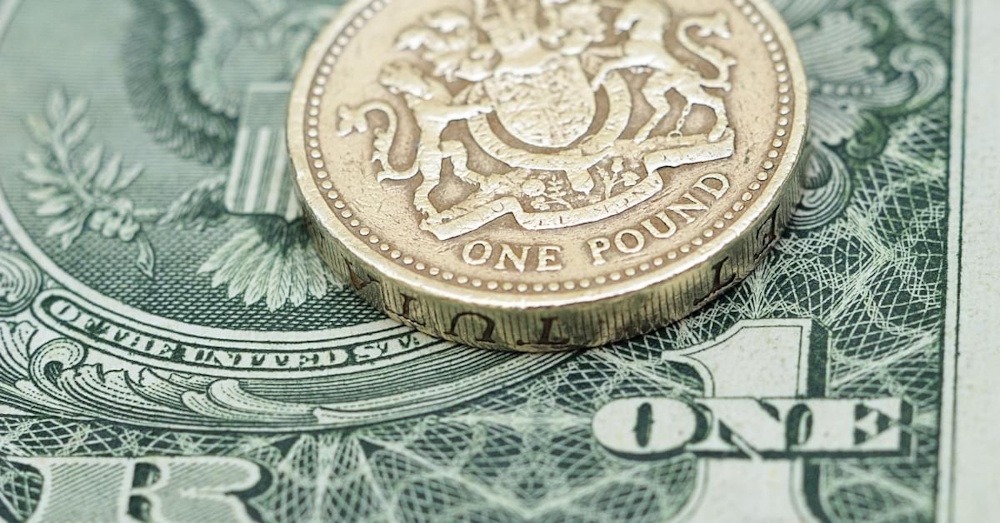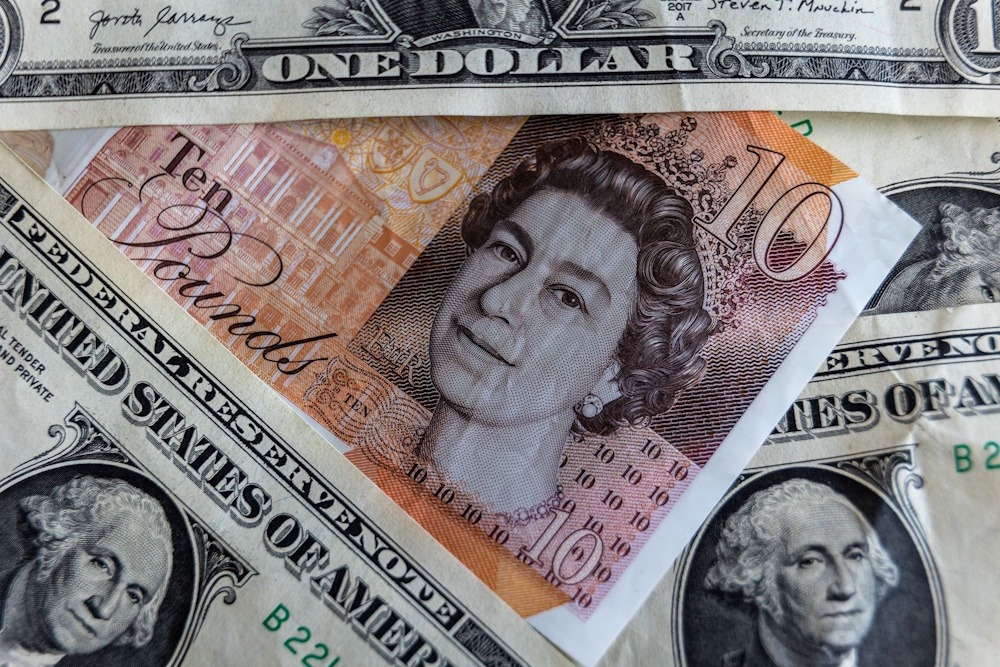EUR/USD Soars Past 1.16 Amid Fed Dovish Expectations and Trade Concerns
On Wednesday, EUR/USD experienced an increase of 0.35%, remaining above the 1.1600 level for the second consecutive day. This movement comes as the Greenback faces pressure from strong expectations of rate cuts by the Federal Reserve and the intensification of the trade war between the US and China. DXY declines to a six-day low as … Read more

